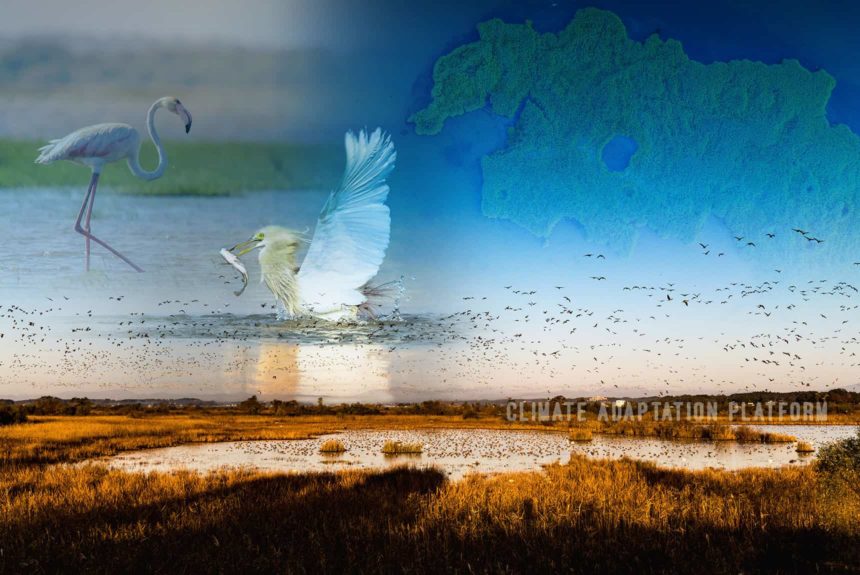Wetlands have a vital role in addressing climate change. It can capture and store carbon long-term and is up to 55% more efficient than tropical rainforests.
For instance, coastal wetlands – salt marshes, mangroves, and seagrass beds- effectively store vast quantities of ‘blue carbon’; carbon dioxide sequestered by trees and plants through photosynthesis. Dead leaves, branches, and roots that contain carbon are buried in the soil or covered by tidal waters.
Coastal wetland soil is mainly anaerobic or without oxygen, so the carbon that gets in decomposes very slowly and gets stored in for a long time, up to thousands of years, if left undisturbed.
Plants in the coastal wetlands also quickly grow each year, increasing their uptake of carbon dioxide in their leaves, stems, and roots.
A small amount of carbon is lost through respiration, while the rest is stored in the plant’s leaves, branches, and roots.
Major wetlands are found all over the world:
- The Severn Estuary in the United Kingdom;
- Everglades Swamps in the United States;
- Pastaza-Maranon Foreland Basin (Peatlands) in Peru;
- Pantanal (Flood plains) in Brazil, Bolivia, and Paraguay;
- Amalfi Coast in Italy;
- Cuvette Centrale (Bogs) in the Republic of Congo;
- Okavanga Delta (Marshes) in Botswana;
- Sundarbans (Mangroves) in Bangladesh; and
- the Great Barrier Reef in Australia.
These wetlands are not only great carbon sinks, but they are the source of food and water security to four billion people globally. But they were disappearing three times faster than forests and considered the earth’s most at-risk ecosystems.
Aljazeera’s infographics show that 35% of the world’s wetlands have been lost since 1970. But during the centuries, wetlands consisting of swamps or marshes have been demonised as places of pestilence, drained for agriculture or urban development, polluted or paved over.
But today, they are recognised as crucial ecosystems to fight climate change. Hence, a basis for protecting, restoring, and even expanding them.
The recognition of the wetland’s outstanding capture and storage capacity created the Ramsar Convention on February 2, 1971, also known as the Convention of Wetlands, an international treaty for the conservation and sustainable use of wetlands (Ramsar, 2014).
The treaty has 172 signatories, and around the world, World Wetland’s Day is celebrated on February 2. This year it was also observed as a UN international day after the General Assembly adopted it on August 30, 2021.
The IPCC has recognised coastal wetlands’ ability to sequester and store carbon as having a role in climate adaptation and mitigation.
The IPCC wanted to stop further conversion and drainage and restore 50% of all lost peatlands before 2030.
Source:
Marsi, F. & Ali, M. (2022, February 2). Infographic: How wetlands can help fight climate change. Aljazeera. Retrieved from https://www.aljazeera.com/news/2022/2/2/infographic-how-wetlands-can-help-fight-climate-change-interactive
Coastal Blue Carbon. (n.d.) National Ocean Service. Retrieved from https://oceanservice.noaa.gov/ecosystems/coastal-blue-carbon/
Ramsar. (2014). Retrieved from https://www.ramsar.org/



Leave a Reply